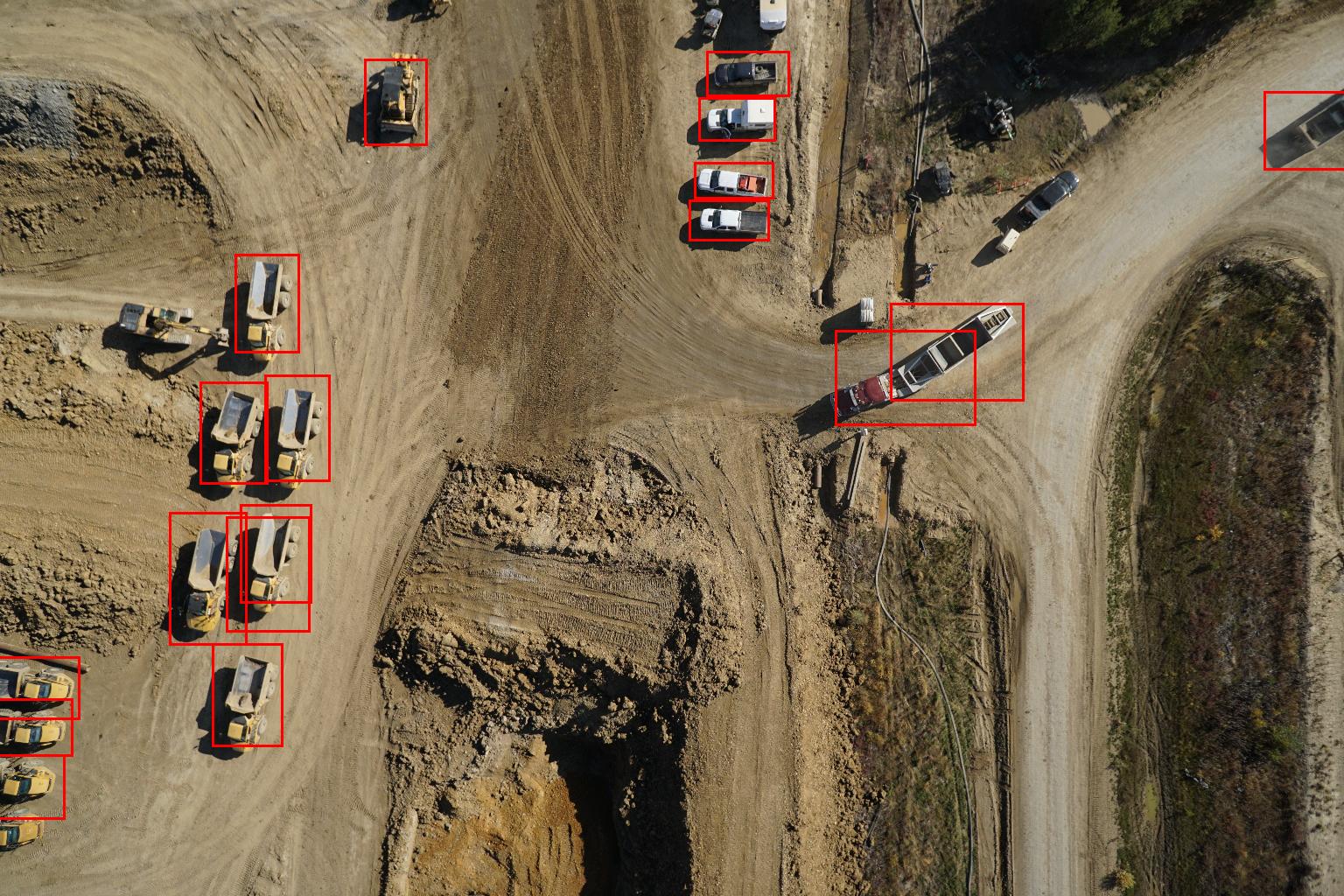The Challenge
The client, a Spanish multinational retail clothing chain, planned store expansions across India but faced major roadblocks due to outdated and inaccurate built data:
- New Delhi: Expansion was hindered by undocumented slanted beams and uneven slabs, making structural design difficult without accurate as-built information.
- Bengaluru: Code compliance for escalators, staircases, and lifts was unclear due to missing and outdated layout data.
- Mumbai: Facade modifications required precise elevation details and panel/mullion information, which were unavailable.
Client’s Initial Hurdle
- Outdated or missing built information caused delays and design inefficiencies.
- Poor data impacted space planning and facade updates, leading to execution issues.
- Unclear requirements for structural changes raised safety and regulatory concerns.
- The client’s team was unfamiliar with BIM and laser scanning tools, making adoption difficult.

.jpg)




